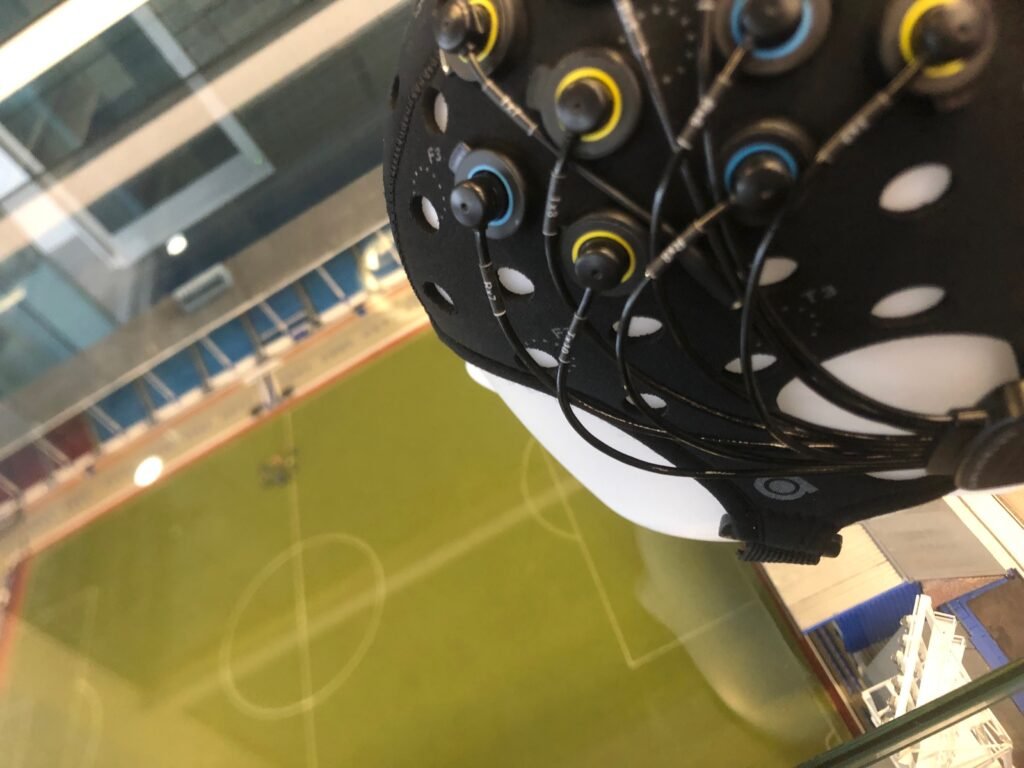
Its portability and robustness against motion artifacts make #fNIRS a great tool to gather on-the-playing-field acquired evidence.
A list of 5 articles highlighting the unique contributions of fNIRS in the field of sport and exercise sciences. #MoBI 1/6
A list of 5 articles highlighting the unique contributions of fNIRS in the field of sport and exercise sciences. #MoBI 1/6

1) Fundamentals of Electroencephalography and Optical Imaging for Sport and Exercise Science
From the Laboratory to On-the-Playing-Field Acquired Evidence by Balconi & Crivelli (2018)
👉routledgehandbooks.com/doi/10.4324/97… 2/6
From the Laboratory to On-the-Playing-Field Acquired Evidence by Balconi & Crivelli (2018)
👉routledgehandbooks.com/doi/10.4324/97… 2/6
2) Studying brain activity in sports performance: Contributions and issues by Perrey & Besson (2017) from @EuroMov
👉sciencedirect.com/science/articl… 3/6
👉sciencedirect.com/science/articl… 3/6
3) New Directions in Exercise Prescription: Is There a Role for Brain-Derived Parameters Obtained by Functional Near-Infrared Spectroscopy? by @herold_fabian et al. (2020)
👉mdpi.com/2076-3425/10/6… 4/6
👉mdpi.com/2076-3425/10/6… 4/6
4) Evaluating brain functioning with NIRS in sports: Cerebral oxygenation and cortical activation are two sides of the same coin by Perrey (2022) from @EuroMov
👉frontiersin.org/articles/10.33… 5/6
👉frontiersin.org/articles/10.33… 5/6
5) Neurodiagnostics in Sports: Investigating the Athlete’s Brain to Augment Performance and Sport-Specific Skills by Seidel-Marzi & Ragert (2021) from @RagertLab
👉frontiersin.org/articles/10.33… 6/6
👉frontiersin.org/articles/10.33… 6/6
• • •
Missing some Tweet in this thread? You can try to
force a refresh




